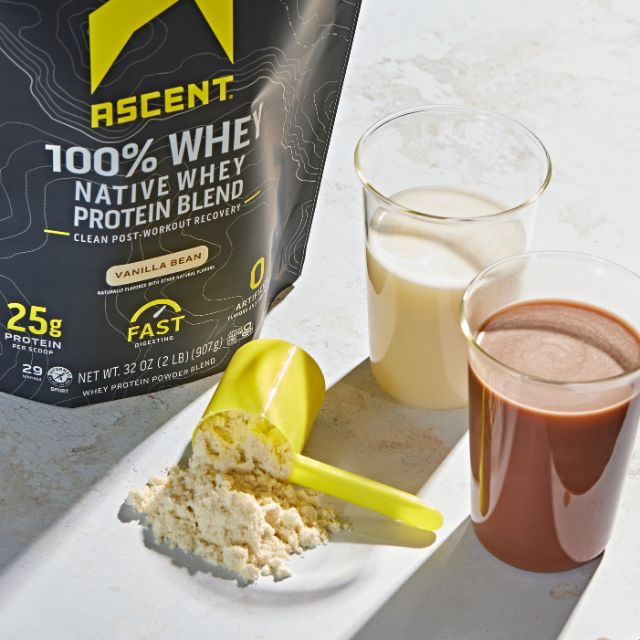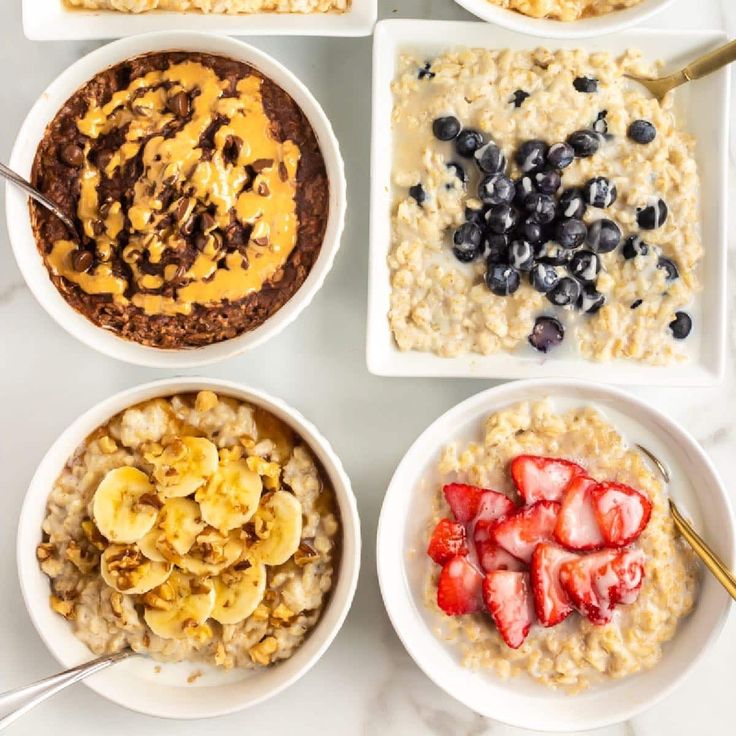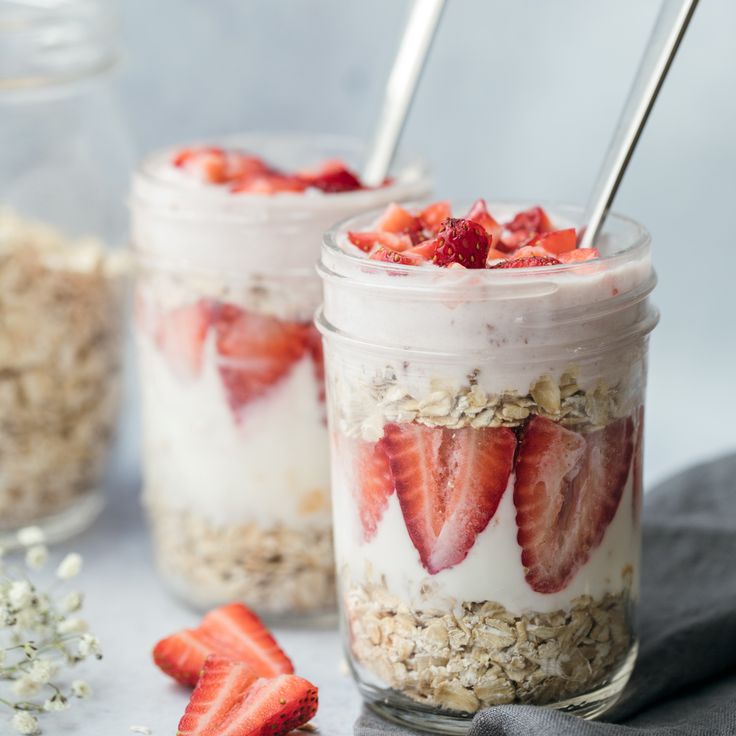Introduction to Whey Protein Powders
Protein powders are essential for many health enthusiasts. They help to meet dietary protein needs, especially when whole foods are not enough. Among the many types available, which is the best protein powder? Whey protein stands out for its popularity and benefits.
What is Whey Protein?
Whey protein is a by-product of cheese production. It separates from the curds during the cheese making process. This liquid whey goes through various steps to become the powder we know. It’s rich in essential amino acids and easy to digest.
Benefits of Whey Over Other Protein Types
Whey protein offers several advantages over other protein forms. It’s considered a complete protein, meaning it contains all nine essential amino acids. These are crucial for muscle repair and overall health. Its fast absorption rate makes it ideal for post-workout recovery. Additionally, whey protein can help with weight management and support the immune system. For those seeking muscle growth, whey provides the necessary nutrients for muscle synthesis.

Choosing Unflavored Whey Protein Powders
Choosing the right whey protein powder can be crucial for your fitness and dietary needs. Unflavored whey protein powders offer a versatile option without added flavors or sweeteners, making them appealing for those who prefer natural tastes or have dietary restrictions concerning additives.
The Appeal of Going Unflavored
Unflavored whey protein powders are gaining popularity for several reasons. First, they do not contain any artificial flavors, making them a pure source of protein. This makes them ideal for those who are sensitive to additives or who prefer to avoid artificial ingredients in their diet. Second, unflavored powders are incredibly versatile. You can add them to various foods and beverages without altering the taste significantly. This allows for more creativity in diet planning and enables the use of whey protein in cooking and baking.
Key Ingredients to Look For
When selecting an unflavored whey protein powder, there are several essential ingredients to look out for to ensure product quality and effectiveness. Whey protein isolate and whey protein concentrate are the two primary forms. Whey protein isolate is more refined, with higher protein content and less fat and lactose, making it suitable for those with lactose intolerance. On the other hand, whey protein concentrate contains slightly more fats and carbohydrates, offering a balanced nutrient profile. Both forms are rich in essential amino acids which are crucial for muscle repair and growth.
Also, check for third-party testing labels like NSF or Informed Choice to ensure the product’s purity and safety. Avoid powders with added sugars, fillers, or artificial sweeteners, as these can detract from the health benefits of pure whey protein.
Health Benefits of Unflavored Whey Protein
Unflavored whey protein is not just a simple supplement. It offers various health benefits that can support your physical goals and wellness.
Muscle Growth and Repair
The primary benefit of unflavored whey protein is its role in muscle growth and repair. The essential amino acids in whey are the building blocks of muscle tissue. After a workout, muscles need these nutrients to repair and grow stronger. Whey protein delivers these amino acids quickly to the muscles, helping to speed up recovery times and increase muscle gains.
Enhanced Digestive Ease
Many people opt for unflavored whey protein due to its digestive benefits. Free from added flavors, sweeteners, and fillers, unflavored whey is often easier on the stomach. For those with sensitivities or dietary concerns, unflavored whey can be a game-changer. It minimizes potential digestive distress associated with artificial additives often found in flavored powders. By choosing an unflavored variety, you’re likely to experience smoother digestion and better overall gut health.

Best Unflavored Whey Protein Powders of 2024
Finding the right protein powder can be tough. With so many options, it’s hard to choose. But unflavored whey protein powders stand out. They are pure and versatile.
Review of Top Market Brands
When looking for quality, some brands lead the pack. Top brands include Naked Grass Fed Whey and Promix Whey Protein. Both brands focus on purity and nutrition.
Naked offers a grass-fed whey concentrate. It’s rich in nutrients and minimal processing. Promix provides an unflavored option with added sunflower lecithin for mixability.
Both powders blend well. They work great in shakes, baking, or cooking.
Why Naked and Promix Lead the List
Naked and Promix excel for several reasons. They have simple ingredient lists and no unnecessary additives. This may lower the risk of digestive issues. They also undergo strict third-party testing. This ensures quality and safety.
Their focus on using high-quality, natural ingredients puts them above many competitors.
Both brands also offer whey isolate. This is ideal for those with lactose intolerance. It’s higher in protein and lower in fat and carbs. Ultimately, Naked and Promix unflavored whey powders are top choices for 2024.
How to Incorporate Unflavored Whey Into Your Diet
Incorporating unflavored whey protein into your diet is simple and versatile. You can easily add it to your favorite foods without changing their flavor. Here are some ways to use unflavored whey:
Easy Recipe Ideas
Incorporating unflavored whey protein into your diet can be both simple and creative. Here are some recipe ideas:
- Smoothie Boost: Add a scoop to your fruit or green smoothies for a protein kick.
- Oatmeal: Stir it into hot oatmeal or overnight oats for a filling breakfast.
- Soups: Mix some into soup or stew to thicken it and add nutrients.
- Baking: Replace some flour with whey protein in recipes for pancakes, muffins, or bread.
- Coffee: Blend it into your morning coffee for a protein-packed start to your day.
Combining with Other Supplements
Unflavored whey can work well with other supplements.
- Creatine: Add creatine to your shake for muscle energy during workouts.
- BCAAs: Combine with branched-chain amino acids to support muscle recovery.
- Fiber: Mix with a fiber supplement for digestive health and fullness.
- Vitamins: Take your daily vitamins with a whey protein shake for better absorption.
Unflavored whey protein is a convenient option for increasing protein intake. It easily fits into any diet and can be paired with various supplements to meet your health goals.

Comparing Unflavored vs Flavored Options
When choosing whey protein, taste and mixability matter. Unflavored versions provide a neutral base for any addition. Flavored powders offer convenience but less versatility.
Taste Preference and Versatility
People pick unflavored powders for their natural taste. They mix well with many foods and drinks. Flavored proteins limit this as they carry strong tastes. This can clash with other ingredients. Choose unflavored for creative cooking and flavored for quick shakes.
Nutritional Differences
Unflavored powders often have fewer additives. This means less sugar, artificial flavors, and fillers. Flavored versions can have more calories due to added sugars. Reading labels is key to understanding what you consume. Opt for unflavored to control your diet better.
Safe Consumption and Side Effects
When adding protein powder to your diet, knowing the right dosage and potential side effects is crucial.
Recommended Dosages
Protein needs can vary based on factors like age, activity level, and overall health. On average, most individuals benefit from 20-25 grams of whey protein per serving. This amount typically suits post-workout recovery and daily nutrition boosts. However, it’s important to customize the amount based on personal health goals and daily protein intake from food.
Potential Digestive Concerns
While whey protein is beneficial, it can sometimes lead to digestive issues. Some common concerns include bloating, gas, and constipation. People with lactose intolerance should opt for whey protein isolate over concentrate, as it contains less lactose. Additionally, choosing a whey protein powder without artificial sweeteners or sugar alcohols can prevent unwanted digestive discomfort. Always start with a small dose to assess tolerance and adjust as necessary.
Conclusion
After exploring the various aspects of unflavored whey protein powders, it’s clear they offer numerous advantages.
Summary of Benefits
Unflavored whey protein powders stand out for their purity, versatility, and digestive ease. They aid in muscle growth and repair without causing undue digestive upset. With no added sugars or artificial ingredients, they fit well into a health-conscious diet. Also, their neutral taste makes them ideal for culinary use, allowing for more creative and flexible diet planning.
Final Recommendations on Choosing
When selecting an unflavored whey protein powder, consider your dietary needs and personal preferences. Look for powders with minimal ingredients and third-party testing labels. For lactose intolerance, choose whey protein isolate. Remember that while whey protein powders are a great supplement, they should complement a balanced diet. Always start with a small dose to assess tolerance and adjust as needed. Choose quality brands like Naked and Promix for a reliable source of protein. Lastly, while unflavored varieties provide more control over your intake, flavored options may offer convenience if taste is a priority and they meet your dietary requirements.





